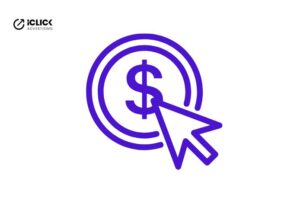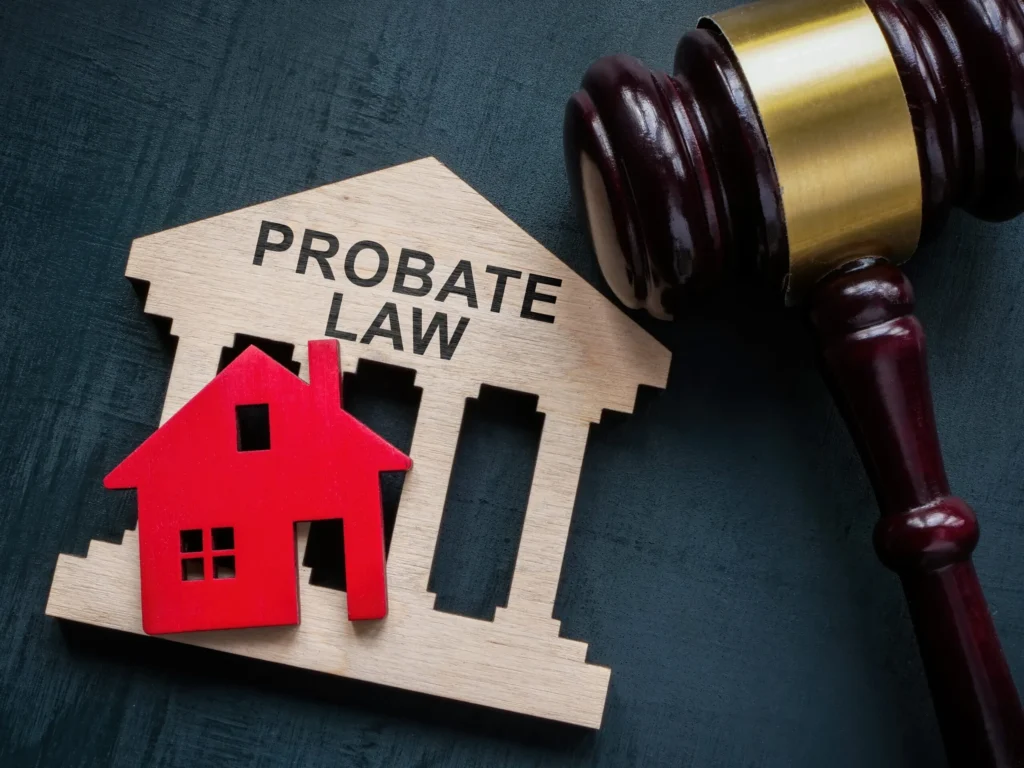Understanding the Basics
What Are Google Ads?
Think of Google Ads like a digital billboard that appears only when someone is actively searching for what you offer. If a user types “best yoga mats online,” then your ad can appear right at the top of the page. You only pay when they click, that is why it is called pay-per-click (PPC).
It is not just search, either. Your ads can appear on YouTube and millions of websites through Google’s Display Network that gives your brand extra visibility.
Pros of Google Ads
-
High buying intent
Google users usually have high intent. They are actively searching, which means there is a higher chance of conversion. In fact, businesses make about $2 for every $1 they spend.
-
Fast, trackable results
Once your campaign goes live, traffic starts almost immediately. You can see exactly what is working, like clicks, conversions, and cost-per-click, making it easier to optimise.
-
Targeted reach
You can choose who can see your ad based on keywords, time, device, and location. That kind of precision is what makes Google Ads services agencies so valuable. They help get the most out of every click.
-
Massive visibility
Your ad can be seen on over 2 million websites, which can help you stay visible even outside of search results.
Cons of Google Ads
-
Clicks can get expensive
If you are in a competitive space like insurance, real estate, or SaaS, then cost-per-click can be sky-high, sometimes crossing $10-$20. It adds up fast.
-
Hard to manage solo
Google’s platform can be a little overwhelming. Without experience, it is easy to waste your budget on the wrong keywords. That is why many businesses choose to work with the best Google advertising agency to run their campaigns.
-
Creative limitations
Since most ads are text-based, you can’t always build emotional connection or visual impact the way you can on social platforms.
What Are Social Ads?
Social ads appear on platforms like Facebook, Instagram, LinkedIn, and TikTok. Unlike search ads, they don’t rely on people who are actively looking for something. Instead, these ads show up based on interests, behaviors, job titles, and even life events like someone recently getting engaged or moving cities.
You are catching people early in the buyer journey, and that is powerful.
Pros of Social Ads
-
More creative freedom
From Instagram reels to TikTok stories, you can use video, images, and carousels. This helps in creating stronger emotional connections and boosts engagement.
-
Builds brand connection
When users interact with your ad through liking, commenting, or following, then they are starting a relationship with your brand. It is more than a sale; it is community building.
-
Highly specific targeting
You can target new parents, online shoppers, gym-goers, anyone, you just name it. Many social media marketing services use AI tools to build custom audiences that convert better.
-
Boosts storytelling
Social ads let you show what your brand stands for. Whether it is a product demo or a behind-the-scenes video, storytelling drives connection and action.
Cons of Social Ads
-
Lower intent
Since users aren’t actively looking for products, it might take a few interactions before they trust your brand enough to buy.
-
Repetition kills engagement
Seeing the same ad too often can lead to ad fatigue. That is why you need to refresh creatives often, which is a task best handled by a skilled social media marketing agency.
-
More content work
Social platforms work on trends. This means you will constantly need fresh content formats, designs, and ideas to keep up.
Key Factors to Look Into Before Choosing the Platform
Choosing between Google Ads and social media ads isn’t about which is better, but which is better for you. Let’s break down what you should consider before deciding where to invest your ad budget.
Business Goals
Start by asking: What do you want right now, like sales, leads, or brand awareness?
If you are looking for quick conversions, then Google Ads may deliver faster due to high-intent searches. But if your goal is to build recognition or launch a new product, then social ads offer better visibility through storytelling.
Budget Size
Every click costs money, and some platforms demand more than others.
If you are working with a tighter budget, social ads generally provide more impressions for a lower cost. On the other hand, if you want measurable, conversion-driven results, then investing a bit more in Google Ads services can bring in qualified leads.

Audience Type
Are your customers searching for you, or do they need to discover you?
If your audience already knows what they want (e.g., “best running shoes”), then Google Ads is for you. But if you are targeting niche communities or lifestyle segments, then social media platforms are perfect for audience discovery.
Sales Funnel Stage
Top of the funnel? Go social. Bottom of the funnel? Think Google.
Social platforms are great for introducing your brand, while Google captures users when they are ready to act. Many brands even partner with the best AdWords agency to optimize funnel-specific campaigns.
Content Resources
Do you have the creatives to run social ads?
Social platforms need constant content like images, videos, and reels. If you lack design or copywriting resources, then Google’s text-based ads might be more manageable to start with.
Google Ads vs Social Ads: Key Differences
| Feature | Google Ads | Social Media Ads |
| User Intent | Users are actively searching for something they need. | Users are passively scrolling, not actively looking to buy. |
| Targeting | Keyword, location, device, and past browsing behavior. | Detailed targeting by interests, behavior, job, age, and more. |
| Ad Formats | Text ads, banner display ads, and YouTube video ads. | Visual-rich ads like Stories, Reels, Carousels, and Video Ads. |
| Cost Per Click | Higher CPC due to high purchase intent. | Generally lower CPC, great for brand visibility. |
| Speed of Results | Quick lead generation and conversions. | Slower start, but scalable over time. |
| Best Use Case | Great for bottom-of-funnel, high-intent keywords. | Best for top-of-funnel awareness and mid-funnel engagement. |
Funnel Fit: Which Ad Type Works Where?
You need to align each platform with the right stage of your sales funnel to get the most from your ad spend. Google Ads and social media ads are powerful performance marketing channels that play a unique role in moving customers through the journey from awareness to conversion. Let us break it down:
Top of the Funnel (Awareness)
Social media ads shine here. They help businesses build brand awareness among people who have never heard of them before. Platforms like Facebook and Instagram are great for eye-catching visuals and storytelling.
You can use social media marketing services to promote blogs, videos, or free downloads. It is all about getting people curious.
Middle of the Funnel (Consideration)
At this stage, people are interested but not yet ready to buy.
Here, both platforms can work, but social ads are great for building trust. Run retargeting campaigns, testimonials, and lead magnets.
You can also use the Google Display Network to stay visible as users browse other sites.
Bottom of the Funnel (Conversion)
This is where Google Ads dominate. People are actively searching for your product or service.
You can target people who are ready to act now by using the right keywords. A professional Paid Advertising Agency can help optimize your campaigns for better conversion rates.
Did you know that users who click on Google search ads have 50% more chances to make a purchase?
Combine Both Platforms for Better Results
The real power lies in using both channels together. They are not competitors; they are teammates.
Let us say that someone sees your ad on Instagram but doesn’t take action. Later, they search for your product on Google. If you are running ads on both platforms, then you will show up again. That is how smart brands close the loop.
This cross-channel advertising strategy can help in balancing intent and interest. Google Ads targets people with high purchase intent. Social media ads build relationships and create demand over time.
Conclusion: Choose Smart, Grow Smarter
Deciding between Google Ads vs social media ads depends on your goals and audience. Google works great for high-intent searches, while social ads boost brand awareness and engagement. But combining both often delivers the best results.
If you are looking for a trusted partner to guide your journey, then iClick Advertising is a Google Ads services agency and social media expert that helps businesses grow smarter.
Book a call with us to build a winning ad strategy for your brand today.





